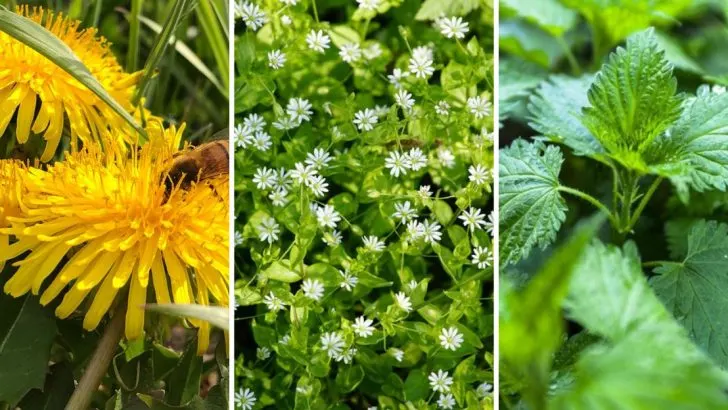Most of us see weeds as a nuisance—something to yank out or spray down without a second thought. But before you get rid of them, it’s worth paying attention to what they’re actually saying about your yard. Believe it or not, certain weeds are like little messengers, showing up in specific conditions and quietly hinting at what might be going on beneath the surface.
From compacted soil to poor drainage or even a lack of key nutrients, the plants you didn’t invite can offer clues about what your soil might need—or what it’s getting too much of. Learning to read those signs doesn’t require a degree in botany, just a bit of curiosity and a closer look at what’s growing where it shouldn’t be.
Dandelions
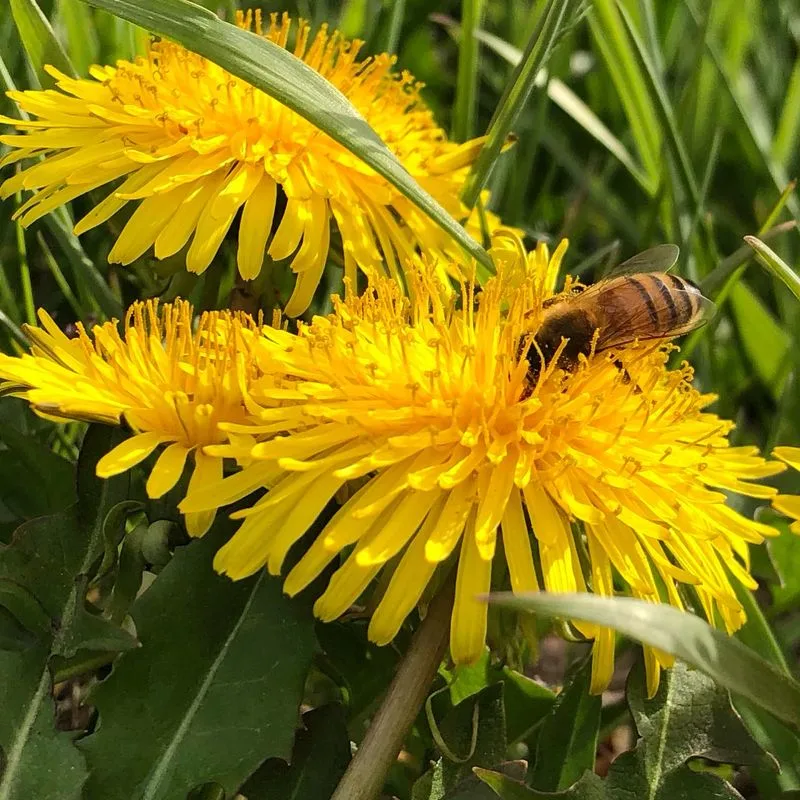
Dandelions flourish in compacted soil. Their deep taproots break through tough layers, aerating the ground. If you see dandelions, it’s a sign your soil might be heavy and poorly aerated. This can lead to water pooling and poor plant growth. Their presence is nature’s way of improving soil structure.
Despite their reputation as weeds, dandelions are edible and rich in vitamins. They suggest that your yard could benefit from aeration or organic matter addition to enhance soil structure and fertility. By understanding their presence, you can take steps to improve your garden’s health.
Chickweed
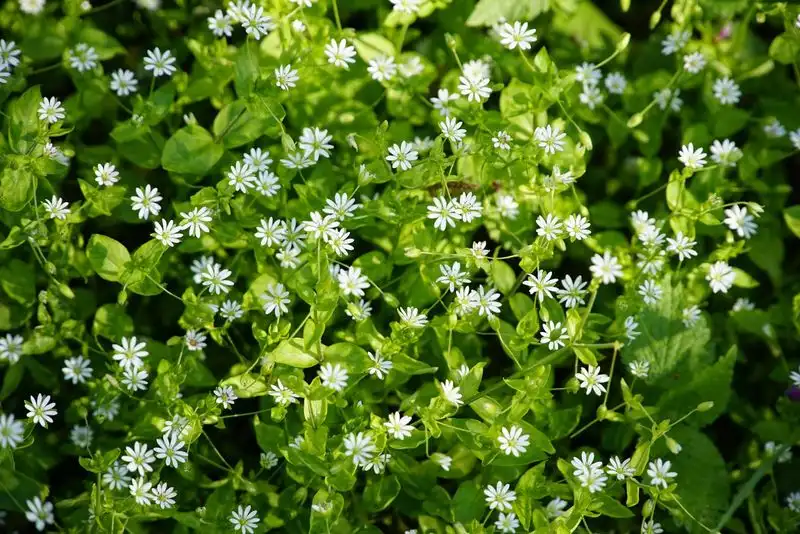
Chickweed often indicates rich, fertile soils with high nitrogen content. Its lush growth thrives where nutrients abound. This weed’s presence suggests your soil is nutrient-rich, making it ideal for many garden plants.
However, too much chickweed can signal excessive nitrogen, which might favor weeds over desired plants. It’s a reminder to balance nutrient inputs. Despite its weedy nature, chickweed is edible and used in salads. Its appearance tells you about soil richness, guiding you on fertilization practices for healthier plant growth.
Nettles
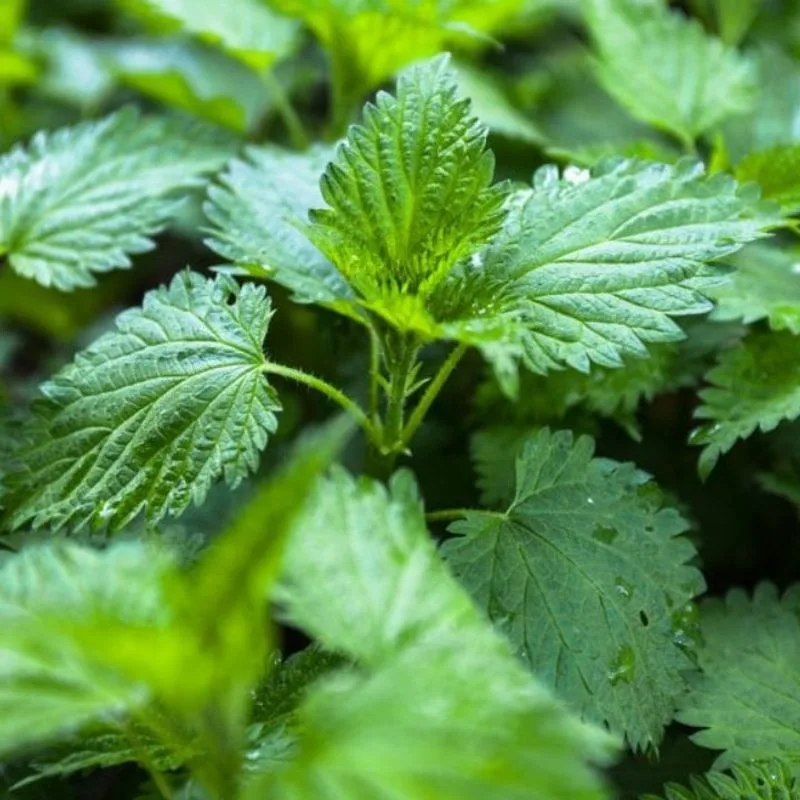
The appearance of nettles suggests highly fertile soil, particularly rich in phosphorus and nitrogen. This weed thrives in nutrient-dense environments, indicating potential over-fertilization. If nettles populate your yard, you may need to balance nutrient levels.
Their presence can guide you in adjusting fertilization strategies to prevent nutrient imbalances. Nettles, despite their sting, are used in teas and herbal remedies for their nutrients. Their presence serves as a natural indicator of soil fertility, helping you refine garden management practices.
Clover
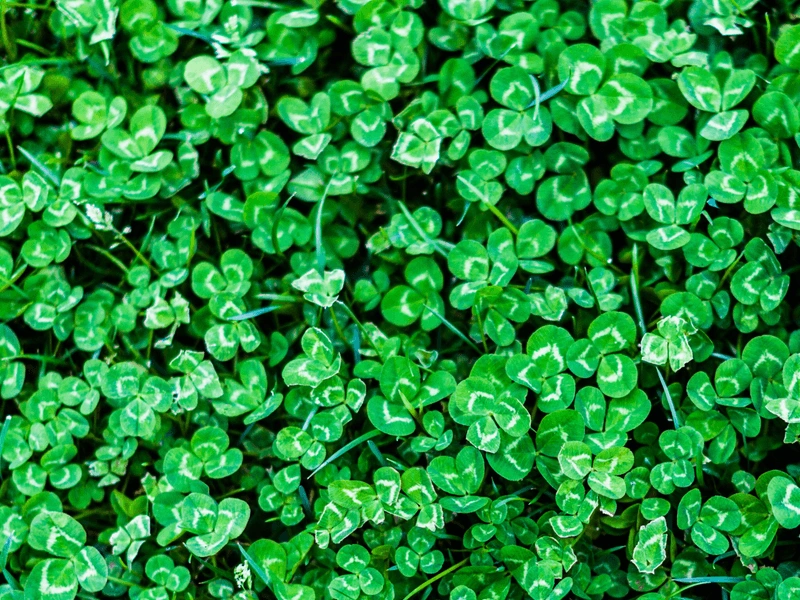
Clover, with its trifoliate leaves, suggests low nitrogen levels. These plants fix atmospheric nitrogen, enriching the soil. If clover is prevalent, your soil might be deficient in nitrogen, a critical nutrient for plant growth.
Incorporating nitrogen-fixing plants like clover can naturally enhance soil fertility. Clover’s presence is both an indicator and a solution to nitrogen deficiency. Its ability to improve soil health makes it a valuable addition to any garden, guiding you towards sustainable soil management practices.
Thistle
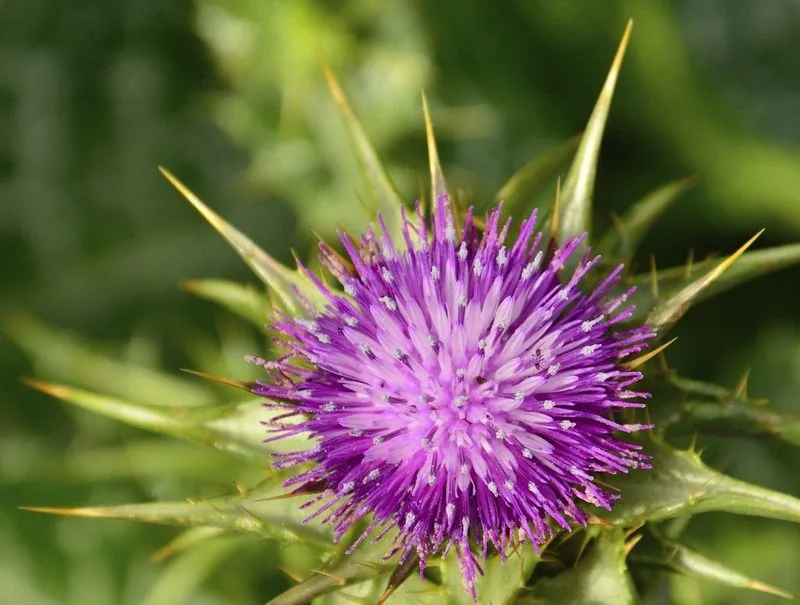
Thistle’s presence signals dry and poor soil. These hardy plants tolerate challenging conditions, thriving where others can’t. Their deep roots indicate compaction and lack of moisture in your yard.
Addressing these issues can involve improving soil structure and moisture retention. Despite their prickliness, thistles are beneficial for pollinators and can improve soil aeration. Their presence warns you about soil health challenges, urging focused soil improvement efforts for better plant growth.
Plantain
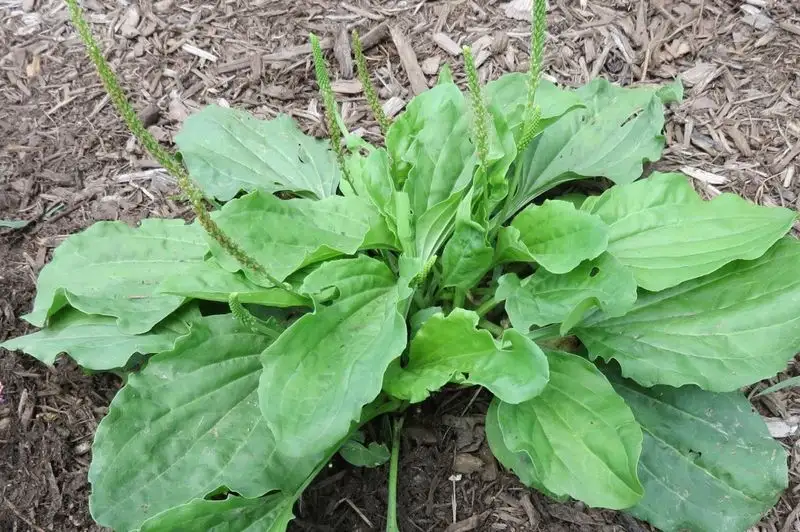
Plantain weeds point to compacted soil, often found in heavily trafficked areas. Their presence suggests the need for soil aeration and loosening. They thrive in poor, compacted conditions, revealing underlying soil issues.
Despite their persistence, plantains can be used for herbal remedies. Their growth indicates that your soil might benefit from aeration and organic amendments to improve plant health and garden productivity. Recognizing plantain’s role helps you take steps towards enhancing your garden environment.
Purslane
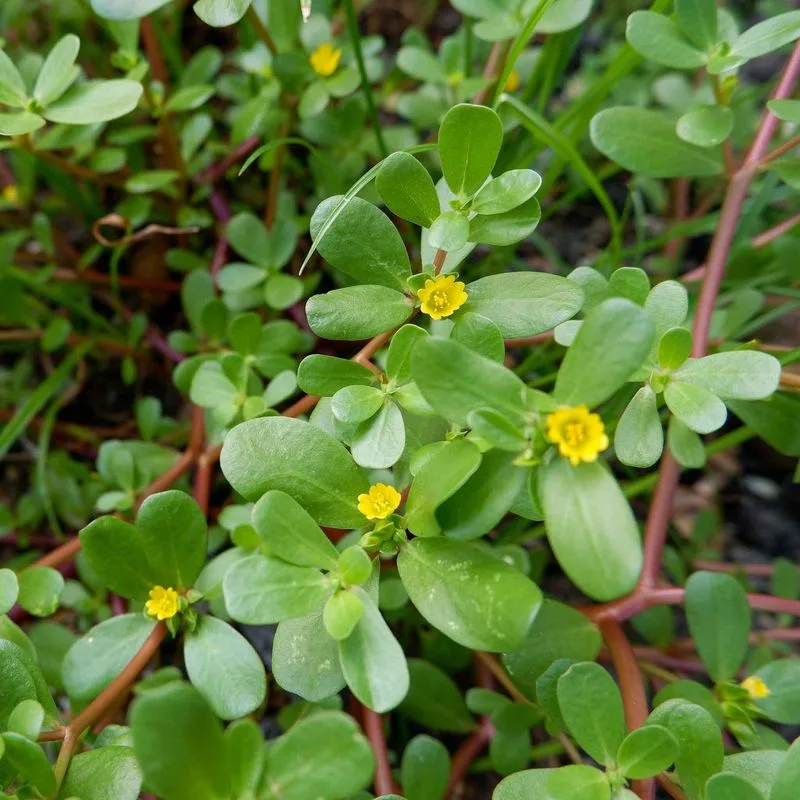
Purslane thrives in rich, well-drained soils. Its succulent leaves store water, indicating good soil moisture. If purslane is present, your soil is likely fertile and well-drained, supporting lush plant growth.
While often considered a weed, purslane is edible and nutritious. Its presence signals optimal soil conditions but also warns against potential nutrient imbalances. By observing purslane, you can celebrate your soil’s health and fine-tune garden practices for even better results.
Creeping Charlie
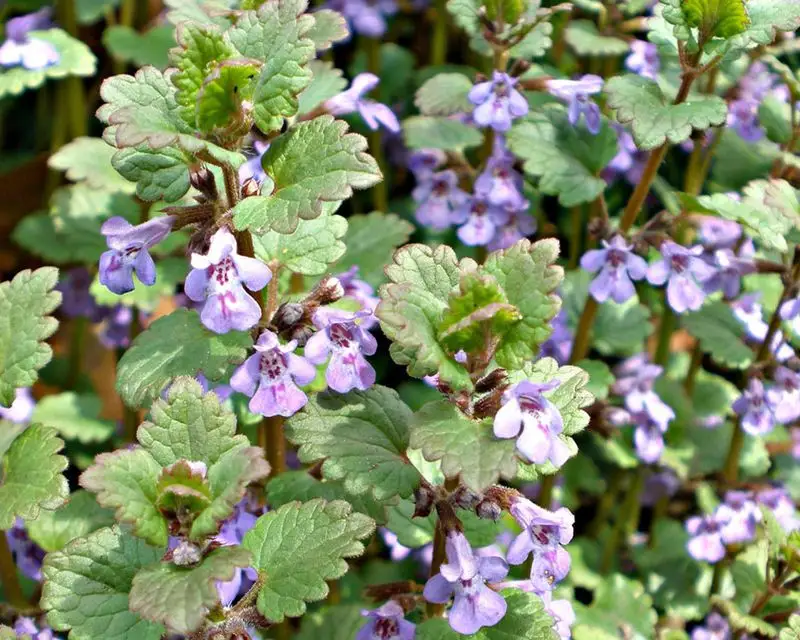
Creeping Charlie indicates moist, shady soil environments. Its growth in your garden suggests well-drained, fertile soil but also signals excessive moisture. This weed’s presence can guide you in managing water levels.
Despite its invasive nature, Creeping Charlie can indicate healthy soil conditions. Its appearance invites you to explore moisture management practices, ensuring balanced conditions for all plants. Recognizing its role helps in maintaining a healthy, thriving garden environment.
Bindweed
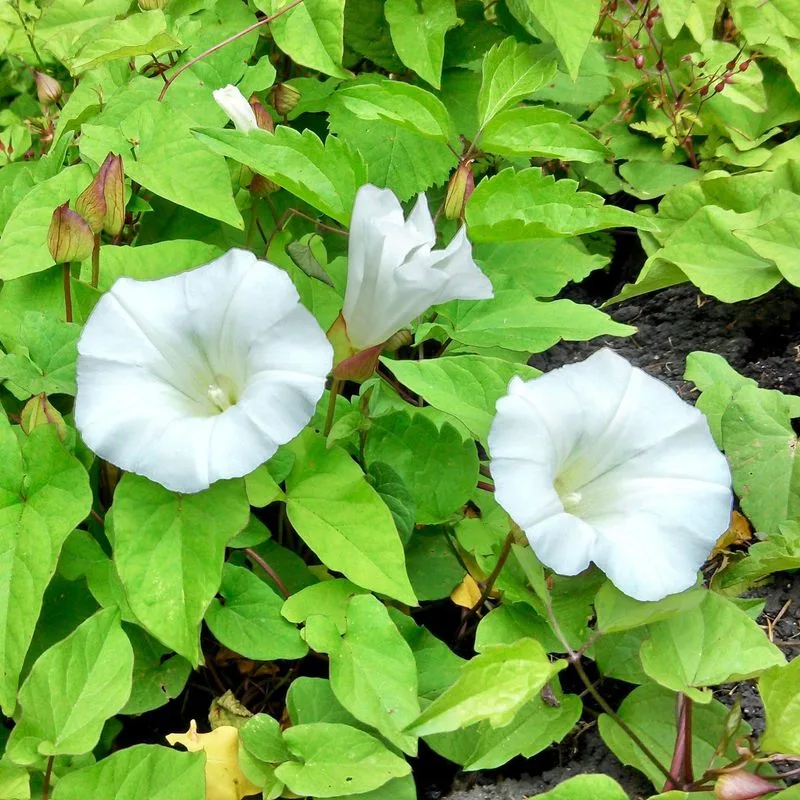
Bindweed’s presence usually points to poor soil fertility. Its ability to thrive in less-than-ideal conditions suggests the need for soil enhancement. Bindweed often overtakes gardens, highlighting underlying issues in soil health.
Addressing this involves improving soil fertility through organic matter and balanced nutrients. Despite its invasive nature, bindweed’s resilience offers insights into soil conditions. Understanding its presence allows for strategic garden management, promoting healthier soil and plant environments.
Oxalis
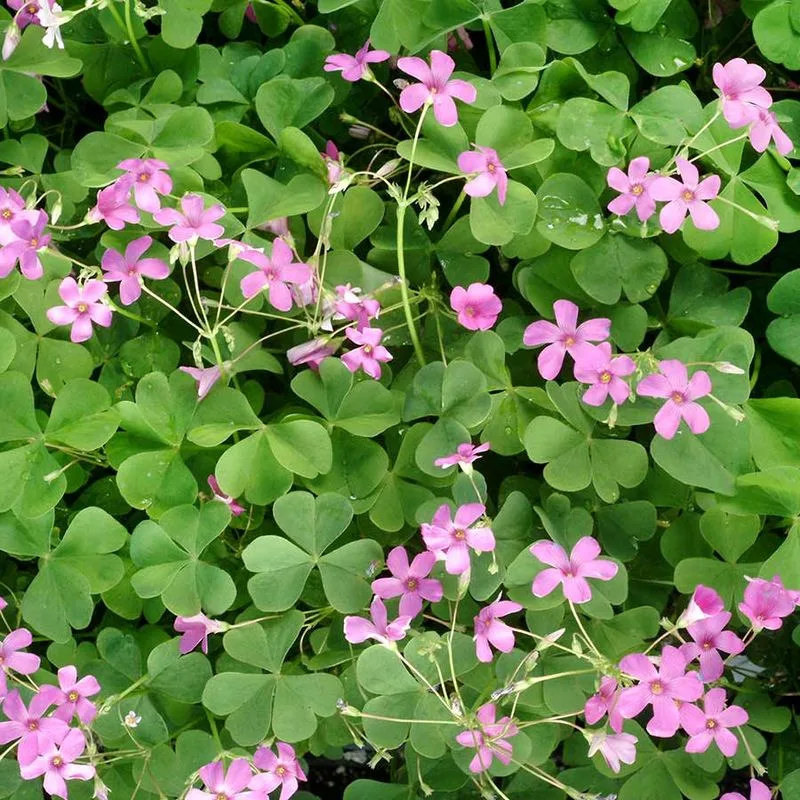
Oxalis, often mistaken for clover, signals acidic soils. Its appearance in your garden suggests the need for soil pH adjustment. These plants thrive where soil acidity might hinder other plant growth.
Incorporating lime can raise soil pH, balancing conditions for a diverse plant range. Oxalis’ presence guides you in adjusting soil chemistry, ensuring a more balanced garden environment. Recognizing its role helps in tailoring soil management strategies for improved plant health.
Sedge
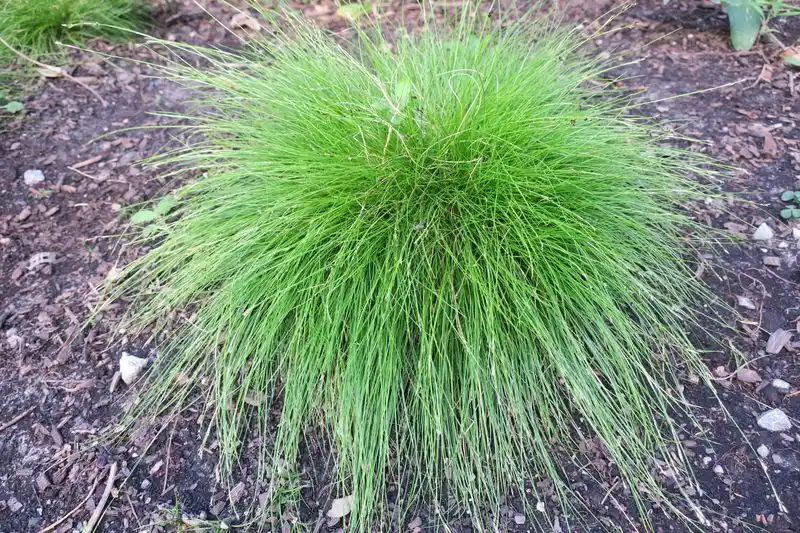
Sedge indicates poorly drained, waterlogged soils. Its growth suggests the need for improved drainage to support healthier plant environments. Sedges thrive in wet conditions, warning of potential water management issues.
Addressing sedge presence involves enhancing soil drainage through amendments and water management practices. Despite their invasive nature, sedges serve as indicators of soil conditions needing attention. Recognizing this helps in creating a more balanced and productive garden space.
Shepherd’s Purse
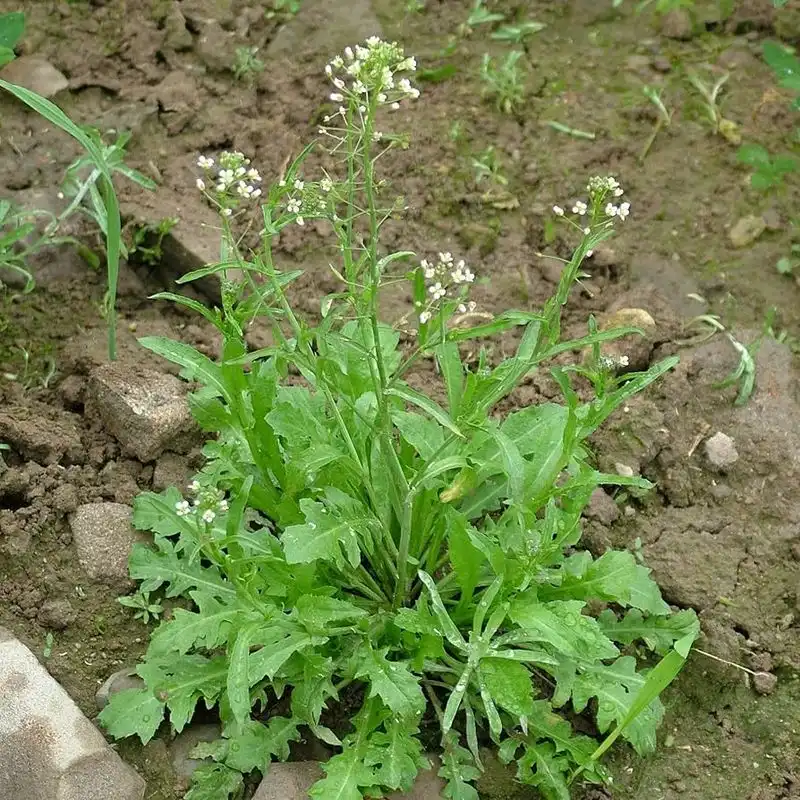
Shepherd’s Purse suggests compacted soil conditions, often found in disturbed areas. Its presence indicates the need for soil loosening and aeration to enhance plant growth. This weed thrives where soil compaction hinders other plants.
Addressing its presence involves routine soil management practices, including aeration and organic amendments. Despite being considered a weed, Shepherd’s Purse reveals important soil insights, guiding efforts towards improved garden health.
Dock
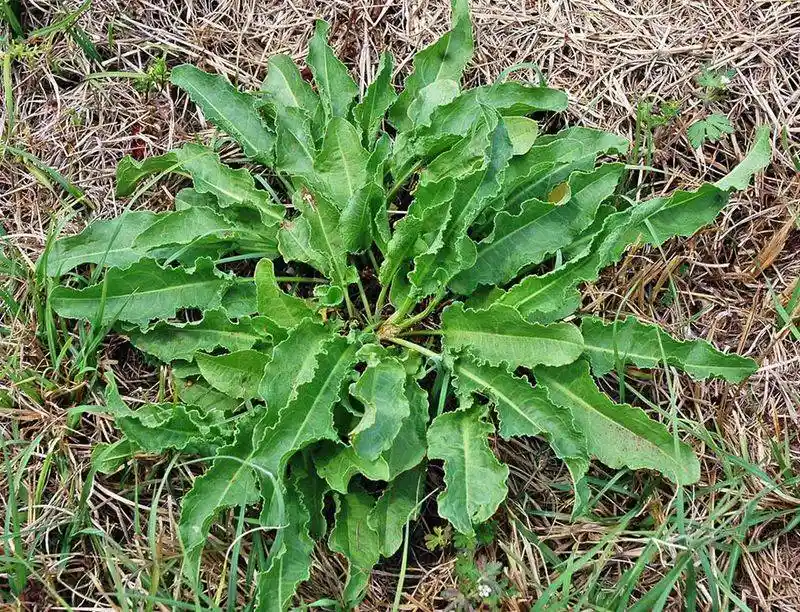
Dock often indicates wet, poorly-drained soil. Its presence suggests the need for enhanced drainage and soil management practices. Dock thrives in challenging conditions, where other plants might struggle.
Improving drainage and soil structure can mitigate dock’s presence, promoting healthier plant environments. Despite its weed status, dock offers insights into soil conditions, guiding strategic interventions for garden improvement. Recognizing dock’s role helps in developing a more balanced and productive garden environment.
Horseweed
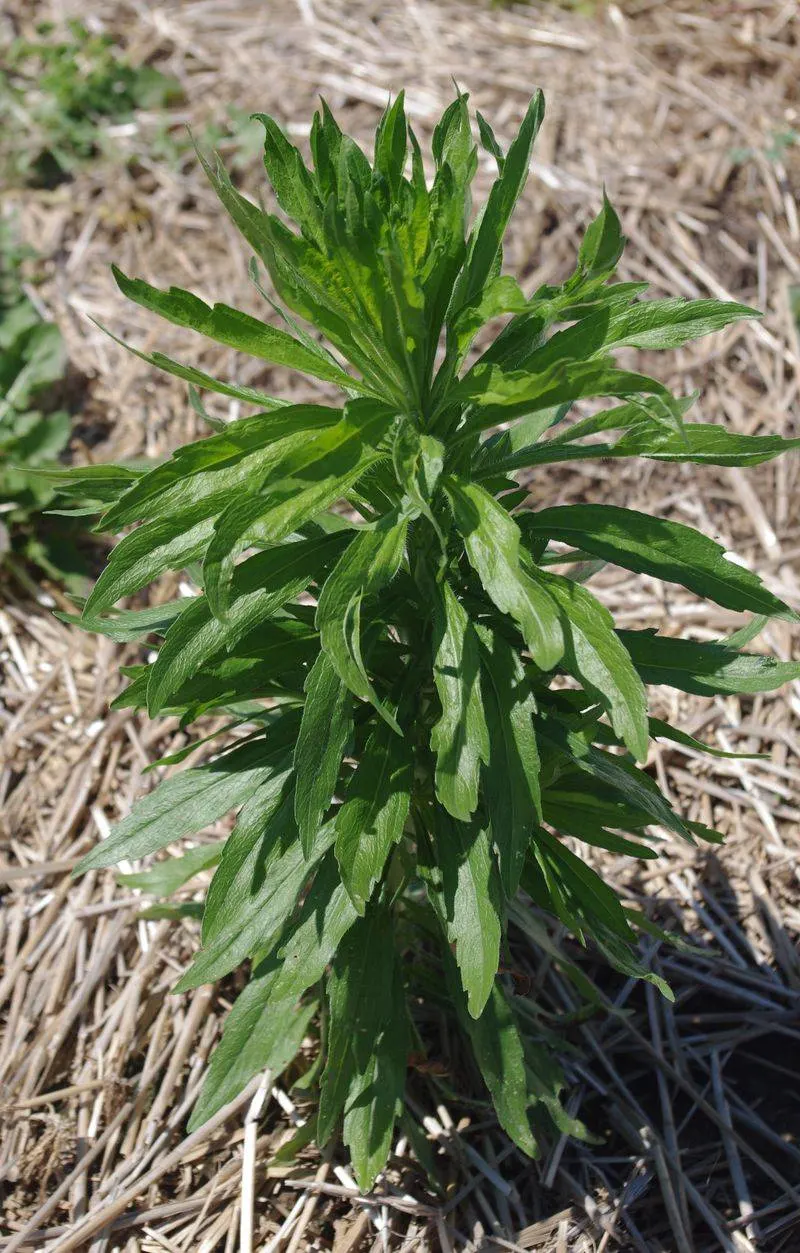
Horseweed often indicates nutrient-deficient soils. Its ability to thrive in challenging conditions suggests the need for soil enrichment. Horseweed’s presence highlights potential nutrient imbalances affecting plant growth.
Addressing horseweed involves improving soil fertility through organic matter and balanced nutrients. Despite its weed classification, horseweed provides key insights into soil health. Understanding its presence allows for targeted garden management, ensuring a more fertile and productive plant environment.

